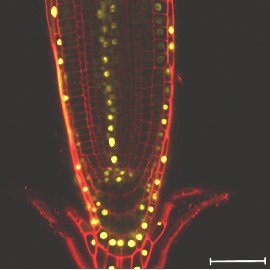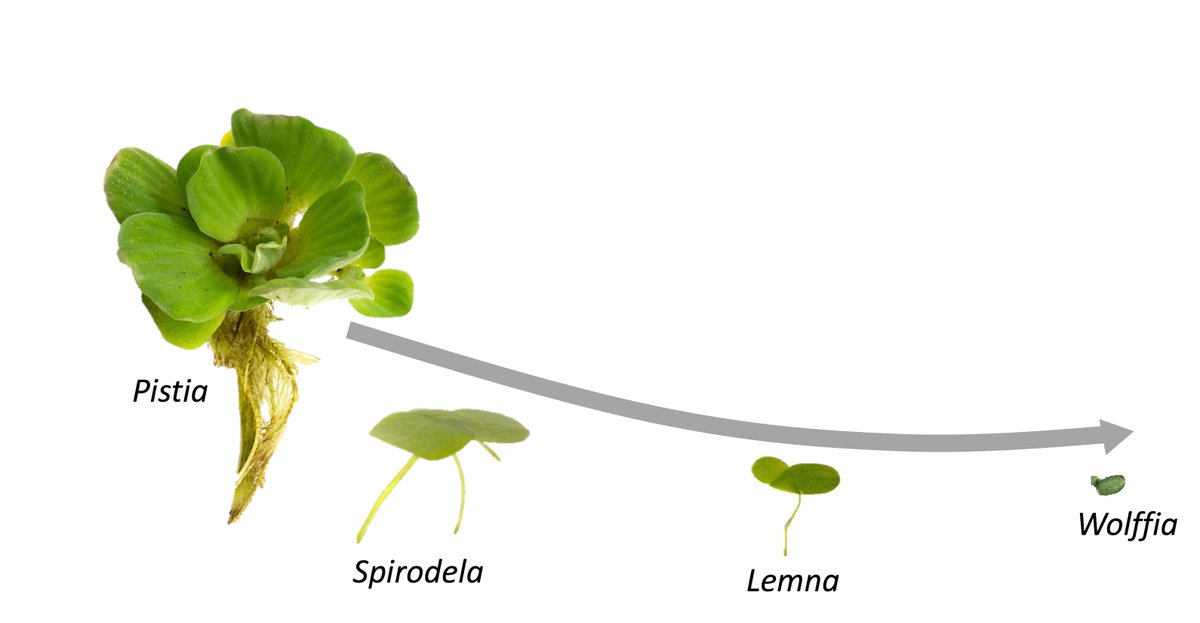
Anthony Bishopp
@Bishopp_Lab
Followers
617
Following
12
Media
8
Statuses
48
We are based at the University of Nottingham, UK and focus primarily on understanding the regulatory processes controlling root patterning.
Sutton Bonington, England
Joined December 2018
We're looking for two postdocs to work in Nottingham on an interdisciplinary collaborative project with the @etienne_farcot and @RabhoRoot labs. One experimental biologist .and one mathematician.
2
37
51
We've been really excited to see the interest in our recent paper about duckweed root vestigiality. It's a privilege to feature in the PNAS Front Matter journal club. Thank you @amygmcdermott for writing such an inspiring piece.
3
36
107
What do snakes, cavefish and duckweed have in common? They are now all models for understanding organ loss. Inspired by research on limblessness in snakes and vision loss in cavefish, we examined root loss in duckweed. Paper here: in @CurrentBiology.
1
75
244
RT @rooting2021: Remember the deadline for abstracts for talks is this Friday (March 26th at 23:59CDT, that’s 4:59am in the UK, 5:59am in E….
0
6
0
RT @ScienceMagazine: The volatile plant hormone ethylene allows plant roots to sense & avoid compacted soils, researchers report in Science….
0
37
0
wonderful collaboration with @teva_vernoux @RDPlab @bradylabs.@AP_Mahonen @Francois_Parcy.showing a network of transcriptional repressors upstream of the activating ARFs.
0
19
60
RT @efronilab: We had a beautiful hypothesis about how auxin triggers root regeneration. It flows down from the stele and because it can't….
0
38
0
RT @EMPHASIS_EU: Have a look at this free online course on "Image Analysis Methods for Biologists" by @UniofNottingham starting on 11 May:….
0
13
0
RT @kseniakrasileva: New preprint! Genome of a duckweed Wolffia reveals a single canonical NLR (plus 2 non-canonical) in its reductionist i….
0
28
0



